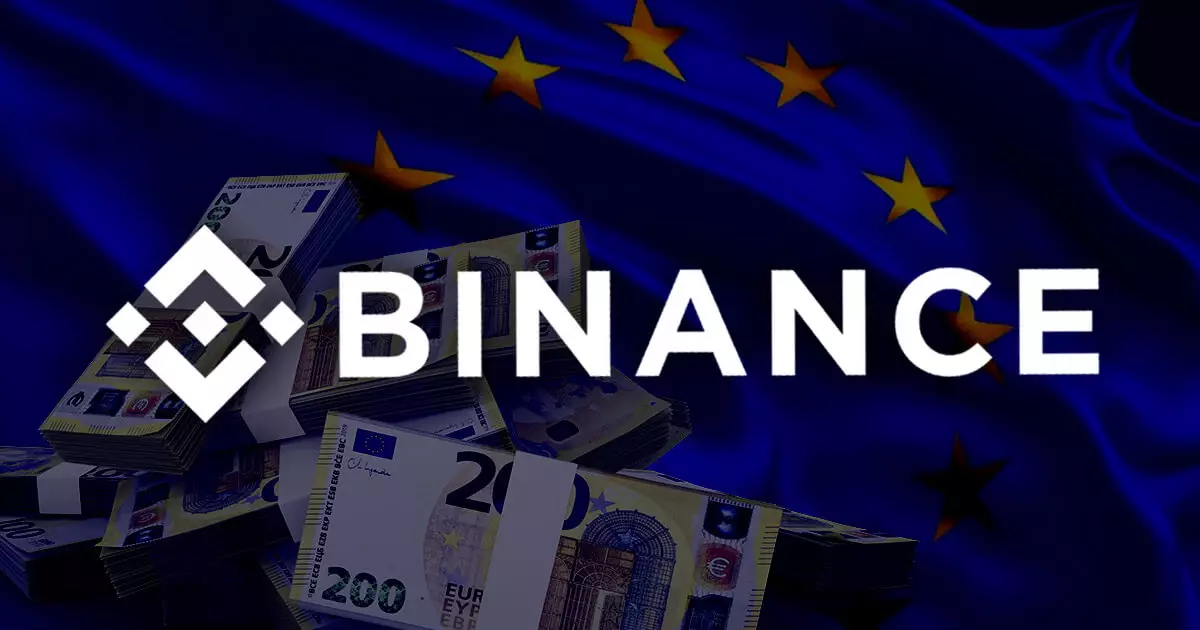In a recent announcement on June 3, Binance revealed its plan to restrict the availability of “unregulated stablecoins” in the European Union by June 30. This decision comes in preparation for the implementation of the Markets in Crypto-Assets Regulation (MiCA), indicating that certain stablecoins currently in circulation may not comply with the upcoming regulatory framework. While Binance did not specify which stablecoins would be affected, it emphasized that this move is a crucial step towards aligning with the new rules and will have a significant impact on the stablecoin market in the European Economic Area (EEA).
Phased Approach to Compliance
To adhere to the new stablecoin regulations in Europe, Binance will adopt a phased approach. Users holding unregulated stablecoins will be given the option to convert their assets into other digital assets such as Bitcoin, Ethereum, regulated stablecoins, and fiat currencies. These transitional measures aim to facilitate a smooth transition for EEA users to regulated stablecoins without causing market disruptions. Additionally, Binance will implement restrictions across its product range to prevent users from engaging in new products or services involving unauthorized stablecoins.
As of the time of the statement, Binance has not provided further comments on the matter, leaving the crypto community speculating on the implications of these changes. The MiCA legislation in the EU is set to be fully operational by the end of 2024, with stablecoin regulations being enforced this month. Major crypto exchanges like Kraken and OKX are taking steps to comply with the new rules, with possible removal of Tether’s USDT stablecoin from their platforms. On the other hand, Circle and its USDC stablecoin are well-positioned to meet the regulatory requirements, as Circle has already applied for an Electronic Money Institution (EMI) license in December 2023 and obtained conditional registration in France.
Circle, a prominent player in the stablecoin market, has been proactive in aligning its operations with the MiCA regime. Dante Disparte, Circle’s Chief Strategy Officer, highlighted the importance of MiCA, emphasizing that it should not be underestimated or ignored by the crypto industry. Circle’s efforts to secure regulatory approval and comply with the EU’s stablecoin rules demonstrate a commitment to operating within the legal framework and ensuring long-term sustainability in the market.
Binance’s decision to limit unregulated stablecoins in the EU reflects a broader trend towards regulatory compliance in the cryptocurrency industry. As more jurisdictions introduce stringent rules for digital assets, exchanges and issuers will need to adapt their practices to meet these evolving standards. The market impact of these regulatory changes remains to be seen, but proactive measures by companies like Binance and Circle suggest a willingness to navigate the shifting regulatory landscape responsibly.

